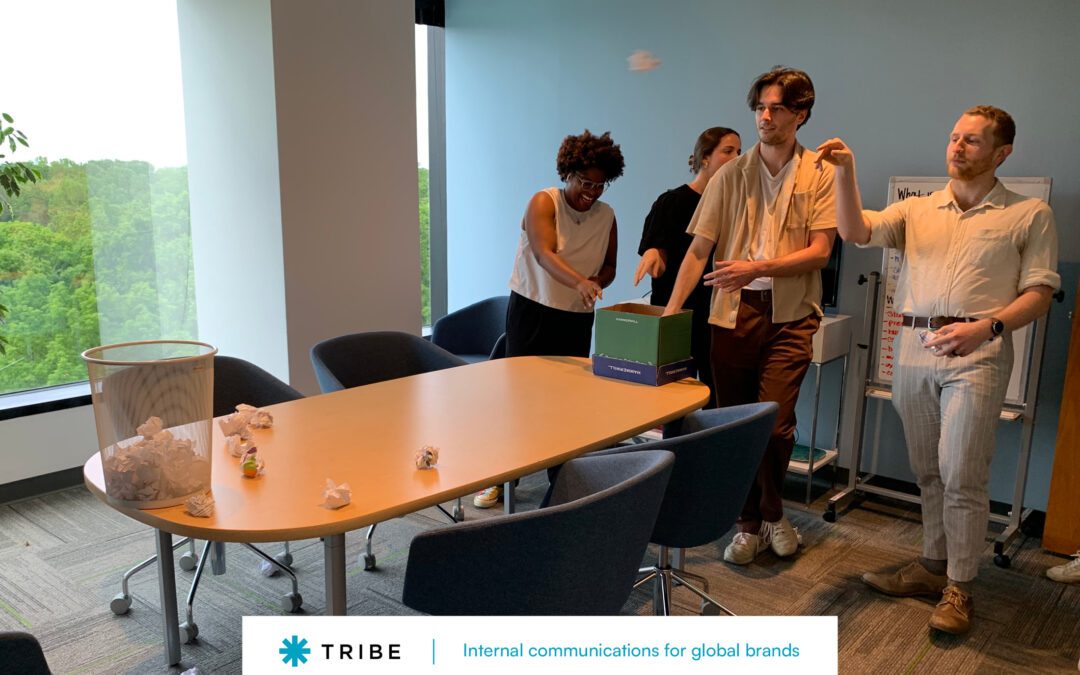Millennial and Gen-Z employees were lied to, and they are tired of being trivialized. In fact, twentysomethings today face a landscape remarkedly different from the one promised to them.
Across the US, the cost of living has surged, with food prices alone rising by 5.8% in 2023. Median home prices reached $412,000 USD as of October 2023 while median rent for one-bedroom apartments reached over $1,400 USD. Bundle this up with the fact that many twentysomethings had their college experiences or early careers interrupted by a global pandemic, and you get a not so pretty picture.
For many in their 20s, the promise of a clear path forward — allegedly secured by a college degree — has been clouded by economic realities. Importantly though, they are not seeking handouts; they seek a roadmap that aligns with the assurances of stability and prosperity they were given in school. Developmental psychologist, Meg Jay, showcases these effects in her latest book, “The Twentysomething Treatment,” as her most recent research finds that mental health follows a J shaped that dips down from childhood and “bottoms out in your twenties.” (Read more here)
So, what can we do about this? Well, assuming somewhere in your organization there exists a population of Millennial and Gen Z employees, the first step you can take is to begin to understand the unique challenges faced by this generation. (And, if you’re sitting there thinking “Well my generation had it just as hard if not worse,” I’d encourage you to think again.)
In doing so, you’ll be able to tailor your approach to leadership, communications, and management strategies to provide the clarity and support that twentysomethings crave. It’s not just about addressing their immediate needs but about fulfilling the implicit promise of a future where their talents and aspirations can be realized within the workplace.
Open Dialogue
Now, if you were to look through every large company’s employee value proposition (EVP), I could say with 95% confidence that somewhere there is some vague language about how each employee has a voice and can make an impact. But, if no one even knows that language exists in the first place, and or leaders aren’t challenged to actually embody it, it will simply collect dust in an overlooked page in your HR materials.
Instead, try to lead by example where questions are welcomed, and exploration is the norm. Openly brainstorming with your younger employees will empower them to bring fresh ideas to the table and engage in conversations that will likely spark innovation and learning on both sides of the generational divide. The caveat here is these interactions need to be genuine. Throwing an employee an occasional bone isn’t going to cut it.
The Digital Pulse
Email, phone call, or text? I’d bet most of your Millennial and Gen-Z employees would prefer to be pinged, and just like any other audience, it’s important to know and understand how these employees prefer to communicate. In this era, communications and management must evolve beyond emails and memos to include platforms that foster real-time collaboration and idea-sharing, maybe even some that provide comedic relief like the classic “Pictures of Pets” channel on Slack. Capitalizing on this innate tech fluency can be a strategic move towards a more agile organizational structure and can keep younger employees engaged in projects and developments across your company. Learn more about effective communication channels here.
Designing Dynamic Career Pathways
Lastly, clearly communicating and showcasing how your company can elevate a twentysomethings career can be a major win. If there is anything twentysomethings collectively hate, it is uncertainty, and they already have enough of that in their lives outside of work. Articulating career progression opportunities transparently, as well as fostering a sense of direction and purpose can demystify the path to advancement, allowing young professionals to navigate their careers with confidence within your organization. It’s about crafting a narrative of growth that is both compelling and attainable and aligns with younger employees’ ambition and drive.
While these tangents are not end-all solutions, they express a variety of struggles twentysomethings face in the corporate world today and provide leaders with an opportunity to capitalize on the most educated and talented generation humanity has seen.
Interested in reevaluating your employee value proposition or auditing your communication channels? Tribe can help.










